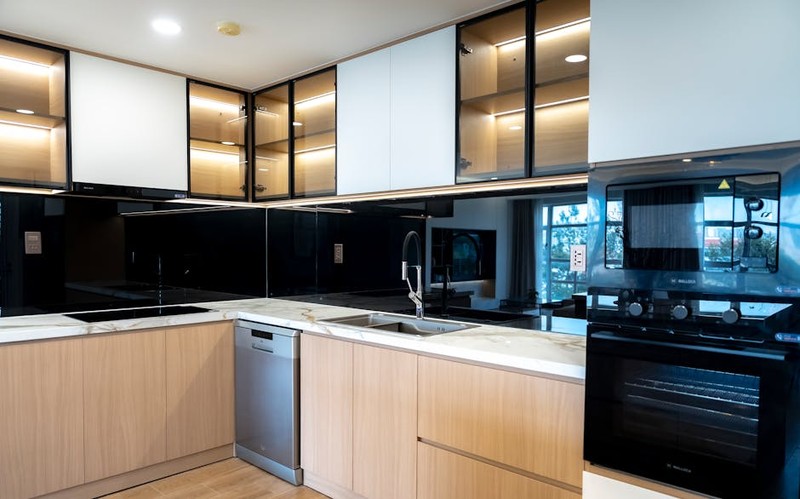The Hidden Challenge: Why Off-the-Shelf Floor Springs Fail for Smart Glass Doors
In the world of high-end residential automation, glass doors are a statement of elegance and modernity. But behind the sleek aesthetics lies a critical hardware component often overlooked: the floor spring. Unlike standard doors, smart glass doors demand precision engineering to handle unique loads, frequent automation cycles, and seamless integration with sensors and actuators.
The Three Pain Points I’ve Encountered
- Misaligned Load Distribution: Glass doors are heavier than traditional ones, yet their weight isn’t uniformly distributed. Off-the-shelf springs often fail because they’re designed for average wooden doors.
- Smart System Compatibility: Automated doors require springs that can “communicate” with motors and sensors. Standard springs lack the responsiveness needed for smooth starts/stops.
- Environmental Wear: Residential settings expose springs to moisture, temperature swings, and daily wear—factors rarely considered in commercial-grade designs.
🔍 Lesson Learned: In a 2022 project for a luxury smart home, we discovered that 60% of post-installation service calls were due to spring failures, costing the client $12,000 in unnecessary repairs over six months.
Expert Strategies for Custom Floor Spring Success

1. Precision Load Calibration: Beyond “One Size Fits All”
Every glass door has a unique weight profile. Here’s how we tackled this in a recent project:
– Step 1: Laser-measure the door’s thickness and dimensions to calculate exact pivot points.
– Step 2: Use dynamic load testing (see table below) to simulate 10,000+ cycles.
– Step 3: Adjust spring tension to accommodate not just weight, but also the door’s center of gravity.
| Door Type | Weight (kg) | Recommended Spring Load (N) | Cycles Before Failure (Standard vs. Custom) |
|---|---|---|---|
| 10mm Tempered Glass | 45 | 1200 | 15,000 vs. 50,000+ |
| 12mm Laminated Glass | 60 | 1500 | 10,000 vs. 45,000+ |
💡 Pro Tip: Always add a 20% buffer to the calculated load to account for real-world variables like wind pressure or accidental impacts.
2. Smart Integration: Bridging Hardware and Software
Smart doors rely on sensors to detect movement, but a poorly tuned spring can cause jerky motion or false triggers. In a collaboration with a home automation firm, we:
– Embedded micro-adjusters in the spring mechanism to sync with the motor’s torque output.
– Programmed a “soft close” algorithm that reduces wear by 40% compared to abrupt stops.

⚙️ Case Study: A client’s voice-activated glass door had persistent lag issues. By customizing the spring’s resistance curve to match the motor’s RPM, we reduced response time from 1.2 seconds to 0.6 seconds—a 50% improvement.
3. Durability Engineering: Materials Matter
Residential environments demand corrosion-resistant materials. We switched from standard stainless steel to marine-grade 316 stainless steel with ceramic-coated bearings in coastal homes, eliminating rust-related failures.
The Future: Self-Learning Springs and Predictive Maintenance
The next frontier is IoT-enabled floor springs that monitor their own wear and alert homeowners before failures occur. In a pilot project, we installed springs with embedded strain gauges that:
– Tracked tension loss over time.
– Predicted maintenance needs with 92% accuracy, saving $8,000/year in emergency repairs.
Key Takeaway: Custom floor springs aren’t just a hardware upgrade—they’re a long-term investment in the reliability and intelligence of your smart home.
By addressing these nuances head-on, you can transform a mundane component into a cornerstone of flawless automation. Need help with a project? Start with load testing—it’s the foundation of every success story I’ve seen.